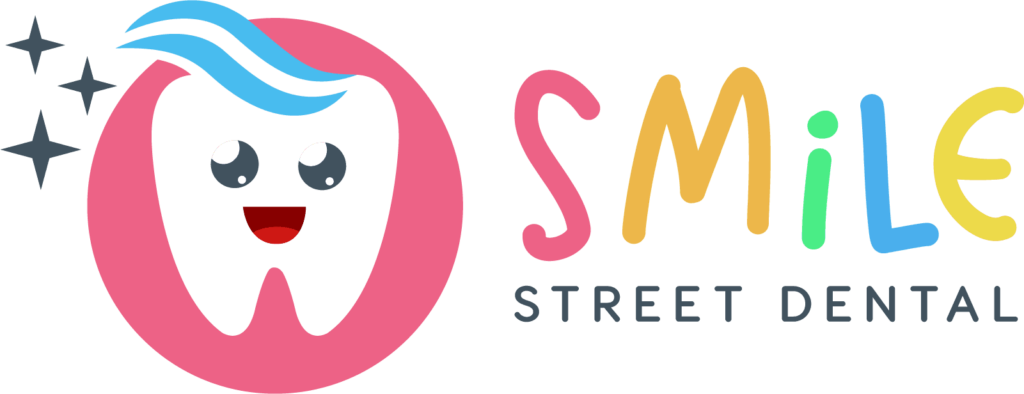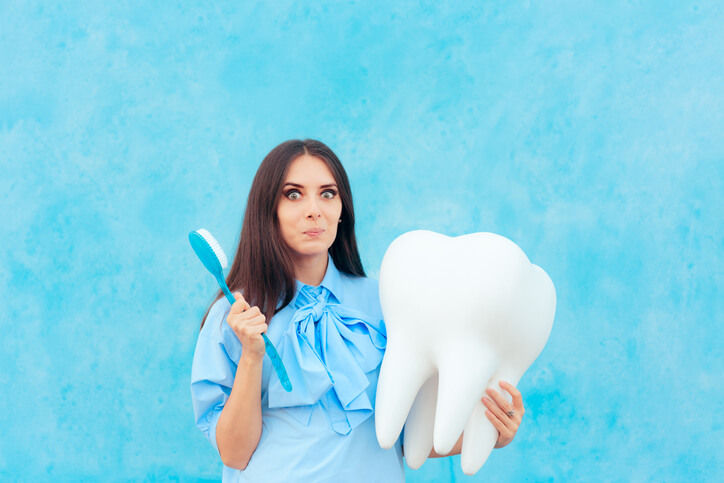We all know that we start out with baby teeth, lose them, and end up with our adult teeth. But what’s the difference between baby teeth and adult teeth? And why do we have two different sets?
There are actually quite a few remarkable differences between our baby teeth and our permanent teeth that eventually replace them, and we’ll explore them below.
Baby Teeth Vs. Adult Teeth: The Basics
Let’s begin with the basics. Baby teeth, also called deciduous teeth, primary teeth, or milk teeth, are similar in function to our adult teeth, except smaller. Additionally, we have fewer baby teeth than we have adult teeth. Most adults have 32 teeth while children who are without their permanent molars have only 20.
Here’s a rundown of the types of teeth in our mouths, both baby and adult:
Incisors: These are the main (front) teeth that are visible when we smile. Children and adults both have four on top and four on the bottom. They are used primarily for “incising” or cutting into food. The two in the middle are known as the central incisors. The outer two are referred to as the lateral incisors.
Canines: These are the longest teeth in the mouth (root included). Located next to the lateral incisors, these teeth are the cornerstones of the mouth. Canines are used for tearing or shearing food. They are sharp and usually form a point at the tip. Children and adults each have four canines, two on the top, and two on the bottom.
Premolars: Premolars, also known as bicuspids, are located between the molars and the canines. Adults generally have 8 premolars in the mouth, a first and second premolar. The first premolar may somewhat resemble the canine in that it may appear somewhat sharp and form a point at the tip. These are used for grinding and chewing food. Children do not have premolar teeth. These teeth are only found in the adult dentition and typically develop between 10-12 years.
Molars: Molars are the largest teeth in the mouth. Children have 8 molars, 2 on each side on the top and bottom. Adults generally have 12 molars, 3 on each side on the top and button. However, many adults don’t develop 3rd molars (wisdom teeth), so many have only 8. These teeth are used for chewing food.
Do You Need Wisdom Teeth?
This “extra set” of teeth that form in the way back part of your gums between the ages of 17-21 called wisdom teeth aren’t necessary today. In fact, we often recommend their removal to prevent complications that can affect your tooth alignment. Researchers believe that there was a time when these extra molars were needed to chomp and crunch tough food, however, since we’re no longer cavemen, we can get by without them.
Why Baby Teeth Matter
Since your baby teeth will inevitably fall out, many people are under the false impression that they aren’t important. However, that’s not the case. By encouraging and fostering healthy oral care habits when we’re young, we build a solid foundation of oral health for the rest of our lives.
We can help encourage children to prioritize oral care when they’re young so that when they have their permanent teeth they are already accustomed to taking care of them.
You can help foster your child’s oral care routine by purchasing specialized toothbrushes and toothpaste designed for young children with their first few teeth. Keep in mind that it’s important to purchase a toddler-safe toothpaste to prevent your child from swallowing adult toothpaste which can be harmful.
Additionally, baby teeth play a vital role in the following important life skills:
- Speaking
- Chewing
- Paving the way for the eruption of adult teeth
Your baby teeth essentially hold a place for your adult teeth, helping them to come in with correct alignment and positioning. Failure to properly care for your baby teeth could cause them to come out early, taking away your permanent teeth’ space setters.
The Top 5 Differences Between Baby Teeth and Adult Teeth
Now that you know a little more about what baby teeth are and what adult teeth are, here are some of the differences.
- Composition: Have you ever noticed that a baby or young child’s teeth are whiter and brighter than permanent, adult teeth? It’s because the enamel coatings of baby teeth are thinner than the enamel on your permanent teeth. And although you may like the idea of whiter teeth, it’s actually a sign of a weaker tooth and is not sustainable for a lifetime of use. Baby teeth are often a bright white, while adult teeth have more of an off-white to yellowish color.
- Structure: Baby teeth are structured differently than permanent teeth. For example, the roots of baby teeth are thin and short while those of adult teeth are long and branched. The shorter roots of baby teeth help them to pop out and dissolve more easily, leaving behind the correct space for permanent teeth to fill their gap. The additional structural difference includes the presence of mamelons (tiny raised bumps on the edges) on adult teeth and the smooth surface of baby teeth. Mamelons typically wear down and smooth out as children grow.
- Number: As we noted above, adults have 32 permanent teeth, including their four wisdom teeth, and children have only 20 primary teeth. Why is that? Because a child’s mouth is much smaller than that of an adult’s, therefore, they do not have the space to accommodate so many teeth. As we grow, our jawline elongates and creates the additional space we need to fit all of our adult teeth.
Taking Care Of Your Teeth Throughout Your Lifetime
There’s a big misconception about your baby teeth that they just don’t matter. However, they certainly do! By teaching children while they’re young to care for their teeth, you’re helping to set them up for a lifetime of oral wellness.
Although baby teeth only stay around for about six years, they play a vital role in setting the foundation for your baby’s oral development, speech, and ability to chew food. So enjoy watching your child get his or her first teeth and teach them early on the importance of caring for them and then get ready to play tooth fairy in a few years!




